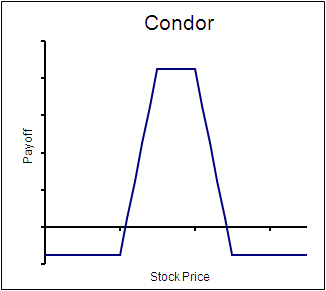A brief discussion of option strategies relevant to the PRM exam
A ‘strategy’ is a combination of basic option positions.
Because a portfolio may consist of any number of different options, each with a different strike and expiry date, the number of payoff possibilities is very large. It is not possible to analyze or study each and every possible strategy, yet there are a few common strategies that form common lexicon in the markets that the PRM candidate should be aware of. The more common ones are described below in terms of what positions they include, and the shape of their payoff diagram.
Strategies are considered “bullish” if they gain from an increase in the price of the underlying. Likewise, they are called “bearish” if they gain from a decline in the prices of the underlying. You should consider the payoff diagram for each and look at whether the payoff is increasing or decreasing with the prices of the underlying to decide if the strategy is considered bullish or bearish.
Some strategies are more ‘expensive’ to enter into than others – all this means is that the particular strategy has a payoff that provides either a larger positive return, or provides a positive return over a longer range of the underlying’s prices so the probability of finishing in the money is higher. This is compensated by a higher premium upfront, which is why such strategies are called expensive. A cheaper strategy does not imply a free lunch, it only means a smaller premium in exchange for a smaller chance of making money at the end.
Also, the strategies are explained in the traditional “long” sense, ie, holding a straddle means we are long a straddle, and if we are short a straddle, then our positions are exactly the negative of what the long straddle described below contains. The payoff is reversed too, as if looking at the reflection along a mirror placed on the x-axis of the payoff diagram.
Single option and stock strategies:
(a) Covered call
Includes:
– Long stock
– Short call
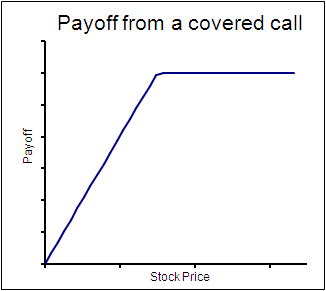
(b) Protective put
Includes:
– Long stock
– Long put
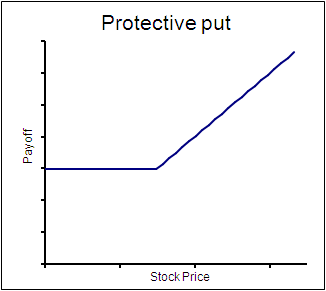
Spread strategies:
(a) Bull spread
Includes:
– Long call at strike price K
– Short call at strike price K1
Such that K < K1
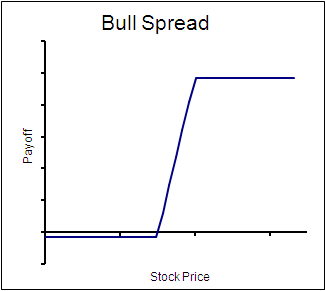
(b) Bear spread
Includes:
– Short call at strike K
– Long call at strike K1
Such that K < K1
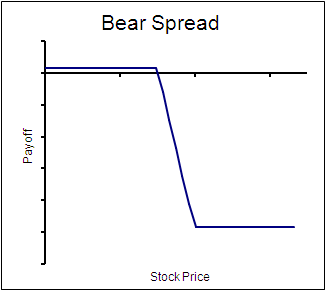
(c) Calendar spread
Includes multiple options that span a number of expiry dates. Multiple combinations are possible, and each has a different payoff.
Other strategies:
(a) Straddle
Includes:
– Long call at strike K
– Long put at strike K1
Such that K < K1
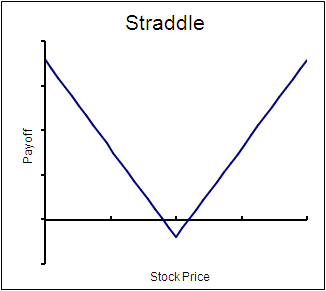
(b) Strangle
Includes:
– Long put at strike K
– Long call at strike K1
Such that K < K1
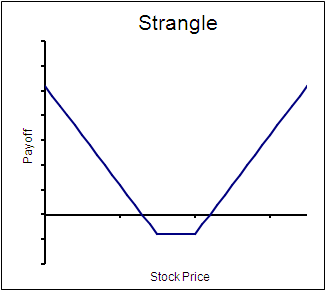
(c) Risk reversal
Includes:
– Short put at strike K
– Long call at strike K1
Such that K < K1
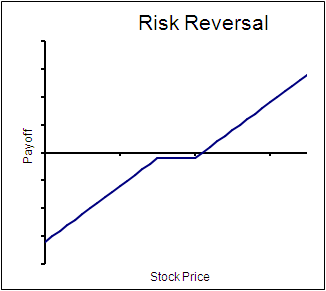
(d) Collar: opposite of ‘risk reversal’.
Includes:
– Long put at strike K
– Short call at strike K1
Such that K < K1
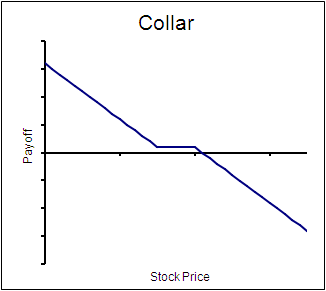
(e) Butterfly spread: consists of 4 vanilla calls with 3 strike prices
– Long call at strike K
– 2 x Short calls at strike K1
– Long call at strike K2
Such that K < K1 <K2

(f) Condor: Similar to a butterfly, but 4 vanilla calls with 4 strike prices
– Long call at strike K
– Short call at strike K1
– Short call at strike K2
– Long call at strike K3
Such that K < K1 <K2 < K3
